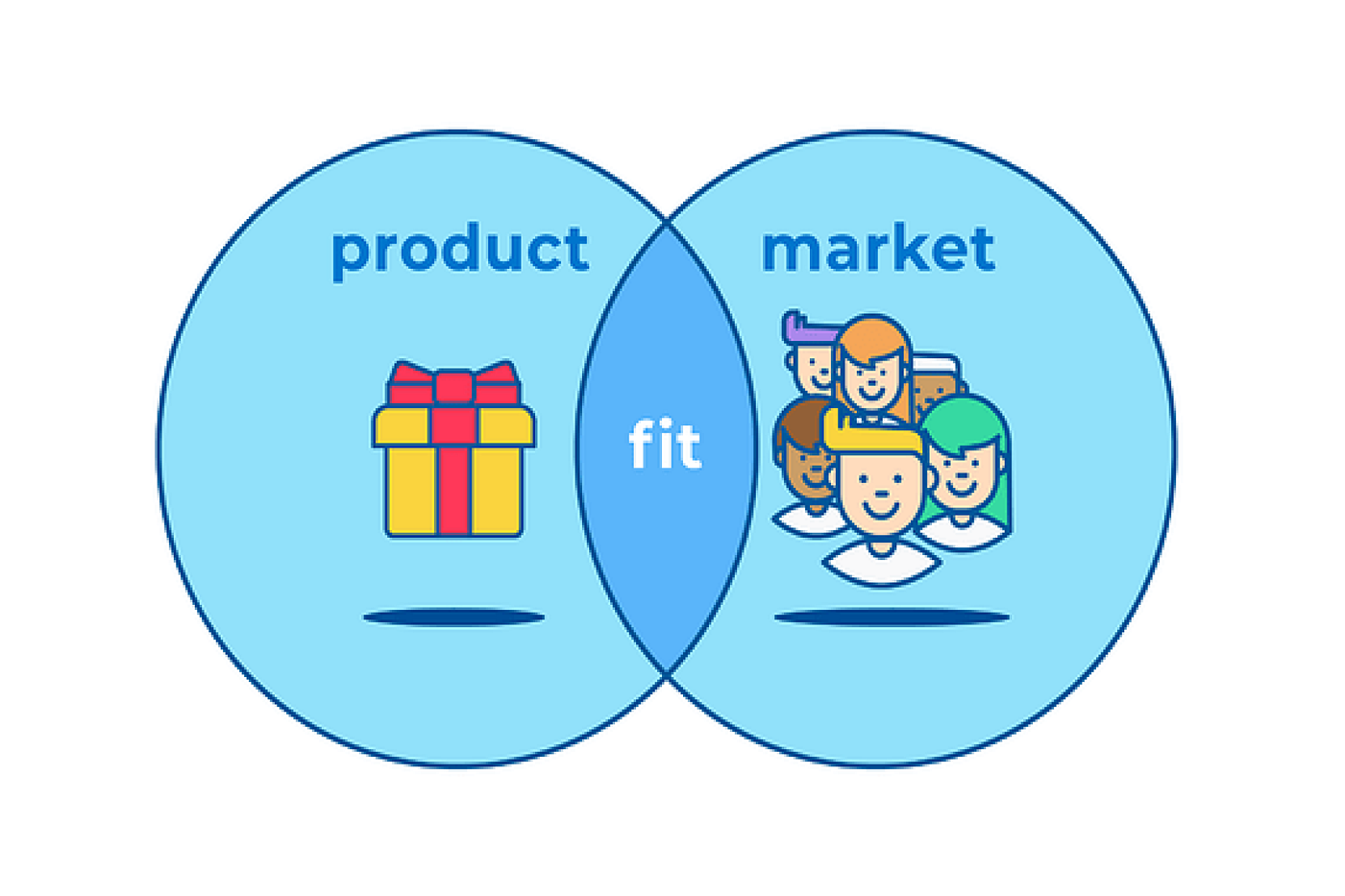How to define a Product-Market Fit

An antenatal app provides low-income pregnant women in hard-to-reach areas with medical information. What is wrong with this product?
A product without a market fit is one where the majority of people are not buying (or using) the product and/or among those who buy (or use) they do not get the value out of the product. A product without a market fit is one where the biggest driver of growth, word of mouth, is not spreading and so the product is not growing in terms of usage and revenue.
What exactly is product-market fit?
Product-Market Fit is when there is alignment between the value proposition of your product, your personas (users), and the channel through which you are delivering your product. Back to the example at the top, the most obvious problem with the product is the channel of delivery. Low-income women in hard-to-reach areas most likely do not have access to mobile devices that can host apps.
When you have either one of the 3 factors; personas, value proposition, and channel unaligned, you will experience a poor product-market fit. In some instances, you might experience success, which is extremely deceiving as it is short-lived. As so many Venture Capitalists, demand start-ups show evidence of product-market fit before they invest in the startup.
To show there is a product-market fit you will need to conduct consumer, market, and product research; here are the steps you need to take
- Determine the personas: your persona is your target audience; the group of people you want to sell your product or service to. Learn more about target audiences in our previous post: https://msmehub.org/staging/6671/tips-how-to-defi…ur-target-market/
- Identify the needs of your target audience: conduct a need assessment to understand your target audience’s needs. Learn more about target audiences in our previous post: https://msmehub.org/staging/6671/tips-need-assessment/
- Define your value proposition: your value proposition is selected from a list of possible value hypotheses which are key assumptions that you believe underlie why a person is willing to pay or use your product. When listing your value hypothesis, think of value as a combination of features your product provides, the benefits to the users, and whether or not these are worth it. It helps to speak to people (through interviews or focus group discussions) when listing out your value hypothesis.
- Determine your distribution plan: understand what distribution channels you have available that will be able to get your products to your target audience seamlessly.
- Develop & Test a minimum viable product: your minimum viable product is a test of the premise of your business idea. It is when you use limited resources to create a prototype of your product and distribute it through your channel to your target audience. When people interact with your minimum viable product it provides data that helps you validate whether there is a need for your product and how to optimize the product and channel of distribution.
Once steps 1-5 have been completed, you can be confident that you have accurately tested your product-market fit.
Contact Versa Research your trusted data, research & consulting partner!
References
https://leanstartup.co/a-playbook-for-achieving-product-market-fit/
https://mailchimp.com/resources/product-market-fit/

